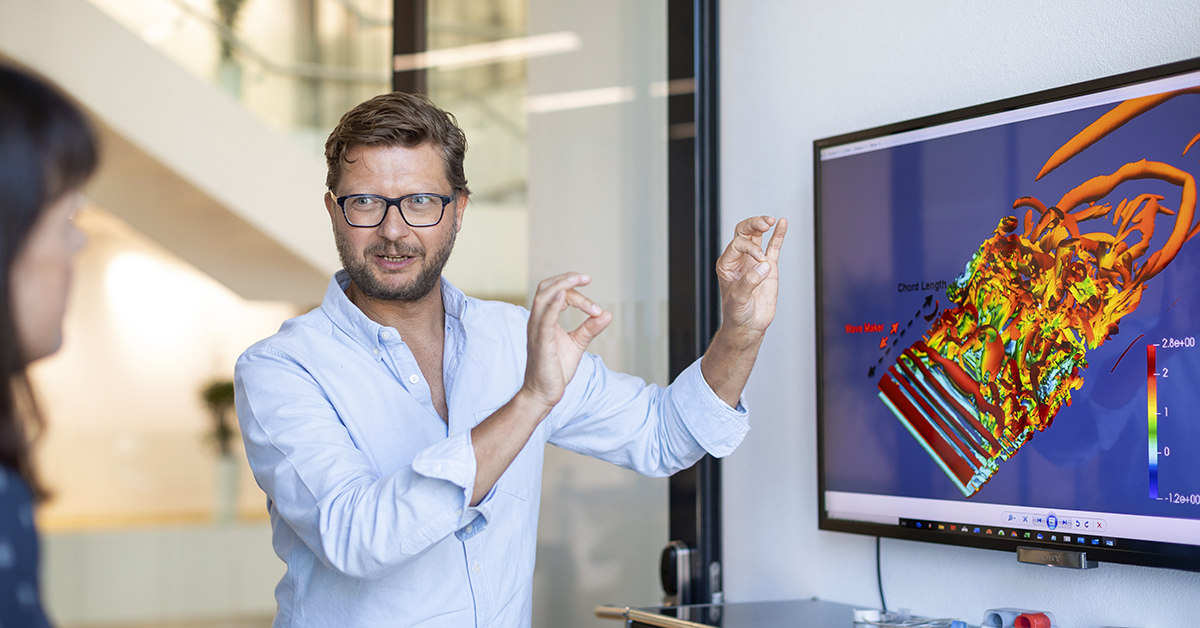2021/11/17 | People | Biomechanics
New Hope for Broken Hearts
“We engineers are good at taking partial differential equations, translating them into computer programs, and getting them to run. But we lack an understanding of biological processes. We need to rely on experiments as much as simulations,” says Dominik Obrist in an interview with Hewlett Packard. He was asked about the Cardiovascular Engineering group’s project of designing non-turbulent artificial heart valves with the help of fluid mechanics experiments and supercomputing simulations.
 (© Alessandro della Bella, CSCS)
(© Alessandro della Bella, CSCS)
Obrist sees great potential in integrated engineering - clinical approaches to develop heart valve replacements that can adapt to very different anatomies and life circumstances: “Manufacturing is standardized. People are not. Maybe the answer is to make these on an individualized basis—design the perfect replacement valve for each person and then 3-D print it.”
In this endeavour, he also envisions including so far excluded patient groups such as the very young or an active elderly population: “I’m looking for better patient outcomes and a redefinition of who those patients are. We can help children to have a safer heart valve replacement, and totally change the trajectory of their lives,” Obrist says. “And we can support active lifestyles for older patients as well. I see 80-year-olds now running around like they’re 50. That’s my vision of what we can do for society.”
Read the whole article "Digital Game Changers" by Hewlett Packard Enterprises
Cardiovascular Engineering: Haemodynamics